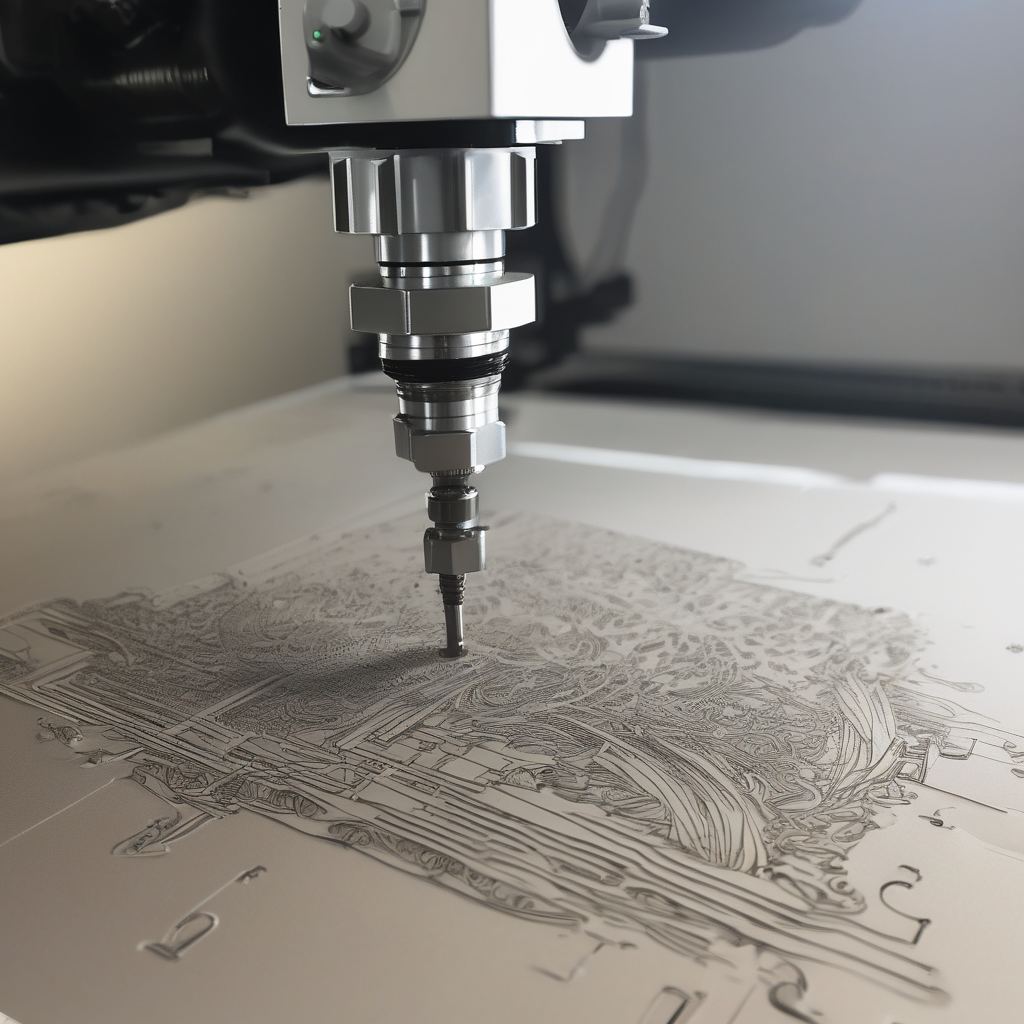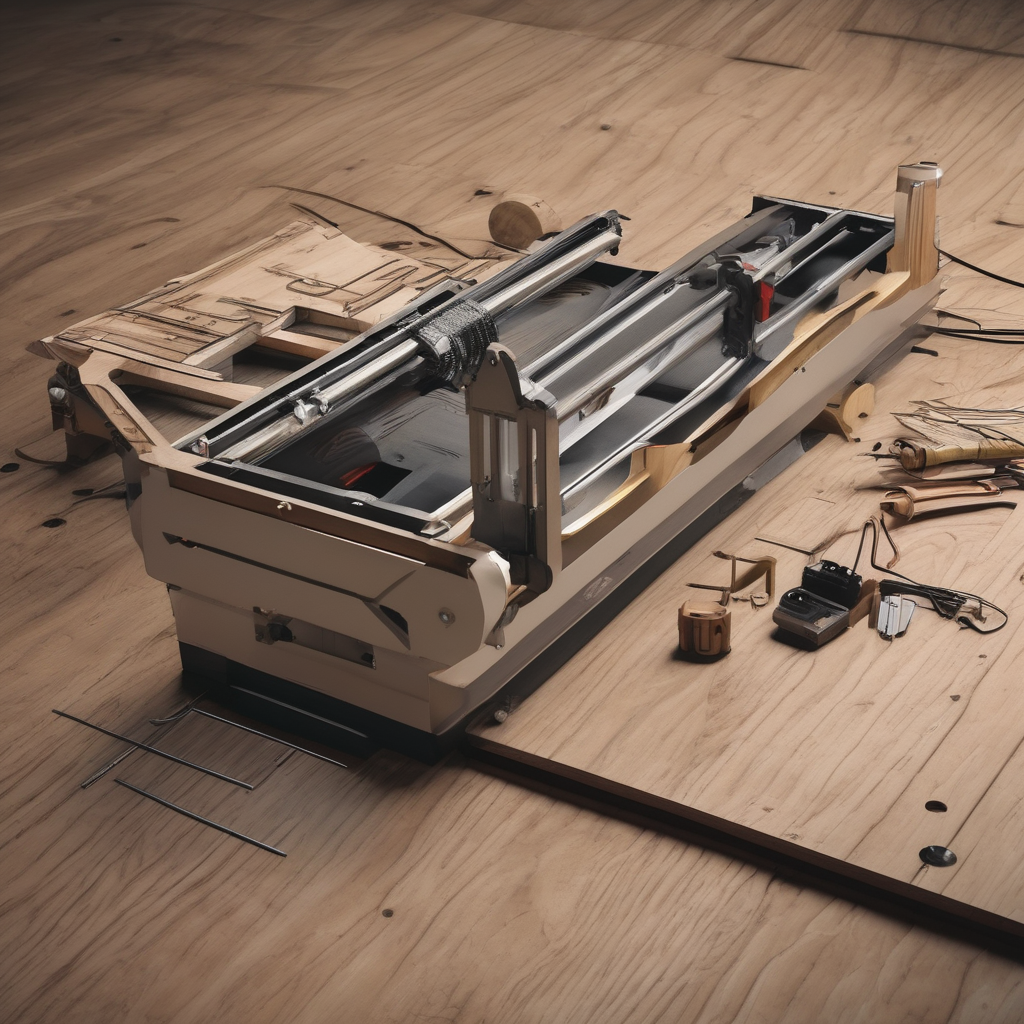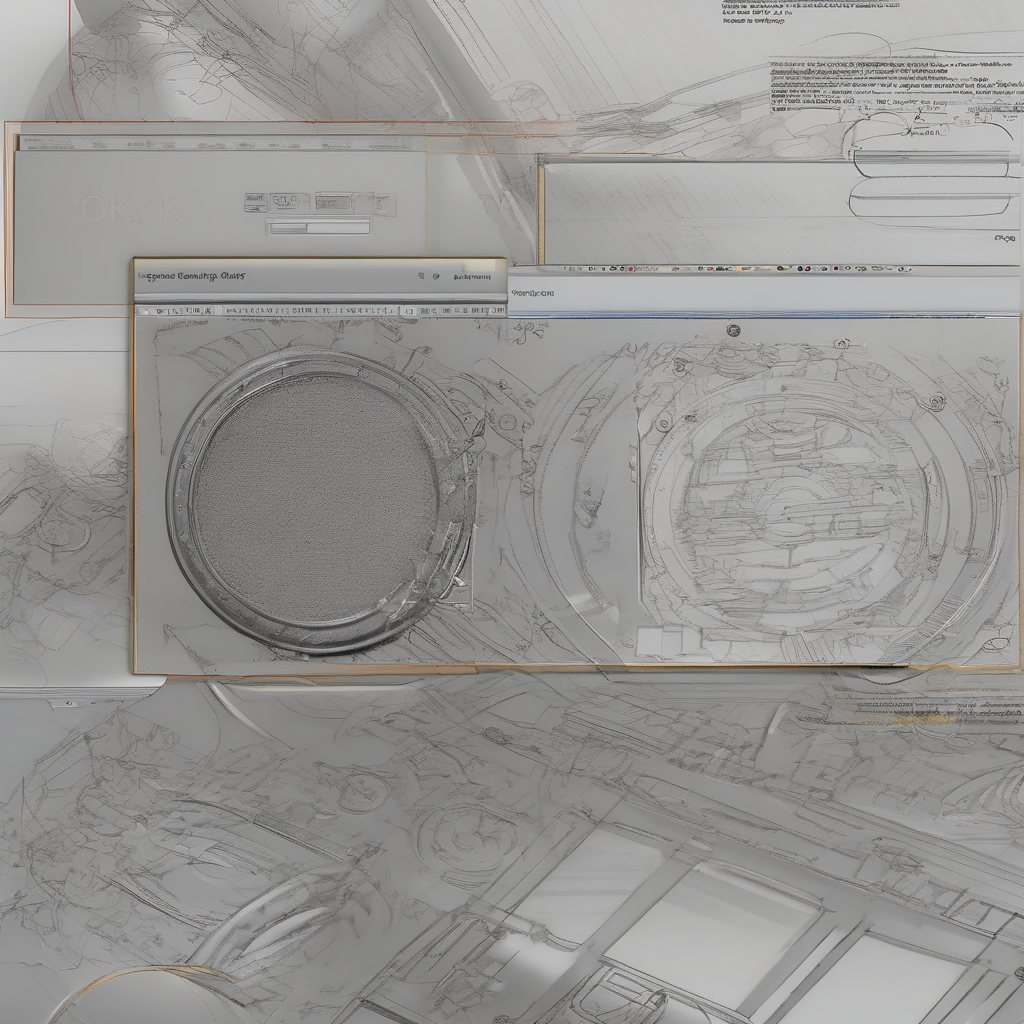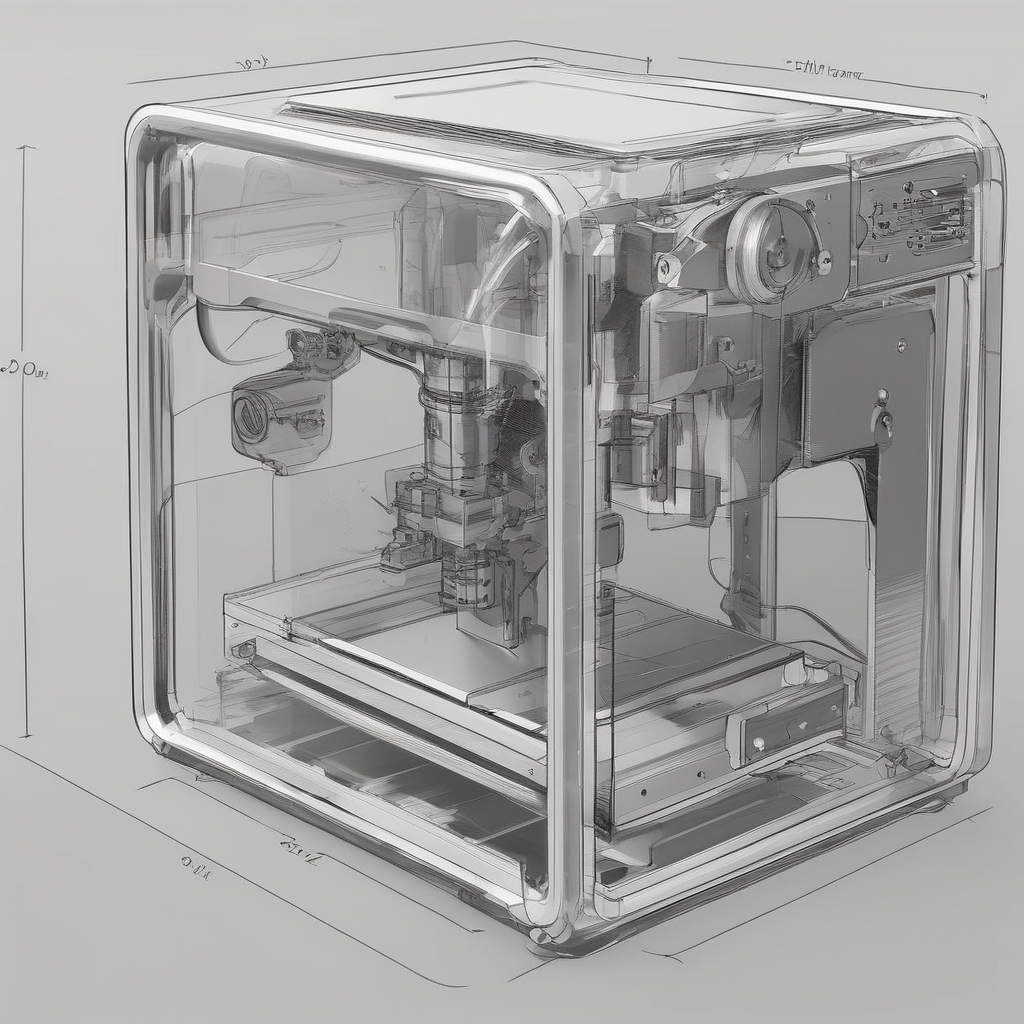The Rise of Laser Grass Cutter Startups: A Game-Changer in Lawn Maintenance
The world of lawn maintenance is undergoing a technological revolution, thanks to innovative startups like the laser grass cutter startup. Traditionally, cutting grass has been a time-consuming and labor-intensive task, often requiring heavy machinery and significant physical effort. However, the advent of laser technology is transforming this industry, offering a cleaner, more efficient, and eco-friendly alternative. In this article, we will explore the potential of laser grass cutters, their benefits, challenges, and how they are reshaping the way we maintain our lawns.
The Benefits of Laser Grass Cutters
Laser grass cutters offer a host of advantages over traditional cutting methods. One of the most significant benefits is precision. Unlike conventional lawn mowers that can cause uneven cuts or damage delicate plants, laser cutters provide exquisite accuracy, ensuring every blade of grass is trimmed to perfection. This level of precision is particularly beneficial for maintaining ornamental gardens, sports fields, and golf courses, where uniformity is crucial.
Another advantage is the reduction in physical labor. With a handheld laser cutter, users can effortlessly cut through thick grass or even small shrubs without straining their backs or arms. This makes lawn maintenance accessible to individuals of all ages and fitness levels, including the elderly and those with mobility issues.
How does this technology work? The laser grass cutter emits a high-intensity beam that vaporizes plant material upon contact. This process is not only faster but also leaves behind no waste, as the grass clippings are converted into ash or simply blown away by the machine’s built-in fan. This eliminates the need for bagging and disposing of clippings, further reducing the environmental impact.
The environmental benefits of laser grass cutters cannot be overstated. By eliminating the use of gasoline-powered engines, these devices significantly reduce carbon emissions. Additionally, the absence of oil or gas means there is no risk of pollution from spilled fuels, making them a sustainable choice for eco-conscious consumers.
How Does a Laser Grass Cutter Work?
If you’re wondering how a laser grass cutter operates, here’s a brief explanation. The device uses laser technology to deliver concentrated energy to the grass blades. When the laser beam hits the plant material, it instantly heats and vaporizes the cells, causing the blade to separate cleanly from the root. This process is rapid and efficient, allowing users to cover large areas in record time.
One of the key features of these devices is their portability. Unlike bulky lawn mowers that require storage space and frequent maintenance, laser grass cutters are lightweight and easy to handle. This makes them ideal for both residential and commercial use, from small backyard gardens to expansive parklands.
Is it safe to use a laser grass cutter? While the technology is advanced, it’s designed with safety in mind. Most models come equipped with safety features such as automatic shutoff mechanisms and protective eyewear to prevent accidents. However, it’s essential to follow the manufacturer’s instructions carefully to avoid any potential hazards.
Use Cases for Laser Grass Cutters
The applications of laser grass cutters are vast and varied. For homeowners, these devices offer a convenient way to maintain pristine lawns without the hassle of traditional mowing. They are particularly useful for intricate landscaping designs that require precise cutting, such as creating geometric patterns or intricate flower beds.
Commercial properties, including office complexes, hotels, and shopping centers, can also benefit from laser grass cutters. These devices enable groundskeepers to achieve a polished look quickly, ensuring the premises remain visually appealing at all times. Additionally, they are ideal for maintaining sports fields, where even minor imperfections can impact performance.
Can laser grass cutters be used in agriculture? Absolutely! Farmers can leverage this technology to manage crops more efficiently. For instance, laser cutters can be employed to trim weeds without damaging the surrounding plants or soil. This not only improves crop yield but also reduces the need for herbicides, promoting sustainable farming practices.
The Challenges of Laser Grass Cutters
While laser grass cutters are undeniably innovative, they do come with some challenges. One of the primary concerns is their initial cost. Compared to traditional lawn mowers, these devices are significantly more expensive. However, it’s important to consider the long-term savings in terms of reduced labor costs and lower environmental impact.
Another challenge is the learning curve associated with using laser technology. Unlike conventional mowers, which are straightforward to operate, laser cutters require some training to master. Users must understand how to adjust settings, control the intensity of the beam, and maintain the device properly to ensure optimal performance.
What about maintenance? Laser grass cutters do require regular upkeep to function effectively. This includes cleaning the lens, replacing filters, and ensuring the power supply remains consistent. While this is manageable, it does add an extra layer of responsibility for users who are accustomed to low-maintenance equipment.
The Future of Lawn Maintenance
The rise of laser grass cutter startups marks a exciting new chapter in lawn maintenance. As technology continues to evolve, we can expect these devices to become more affordable, user-friendly, and accessible. In the coming years, advancements in battery life, portability, and precision will further enhance their appeal, making them a go-to choice for both residential and commercial use.
How can consumers support this innovation? By choosing eco-friendly alternatives like laser grass cutters, individuals can contribute to a more sustainable future. Additionally, spreading awareness about the benefits of these devices can help drive adoption and encourage further research and development in the field.
Conclusion
The represents a groundbreaking shift in how we approach lawn maintenance. By combining cutting-edge technology with sustainability, these devices offer a promising solution to the challenges of traditional mowing methods. While there are still hurdles to overcome, the potential benefits make laser grass cutters a compelling option for anyone looking to maintain a beautiful, eco-friendly landscape. As this technology continues to grow, it’s clear that the future of lawn care is brighter—and greener—than ever before.













